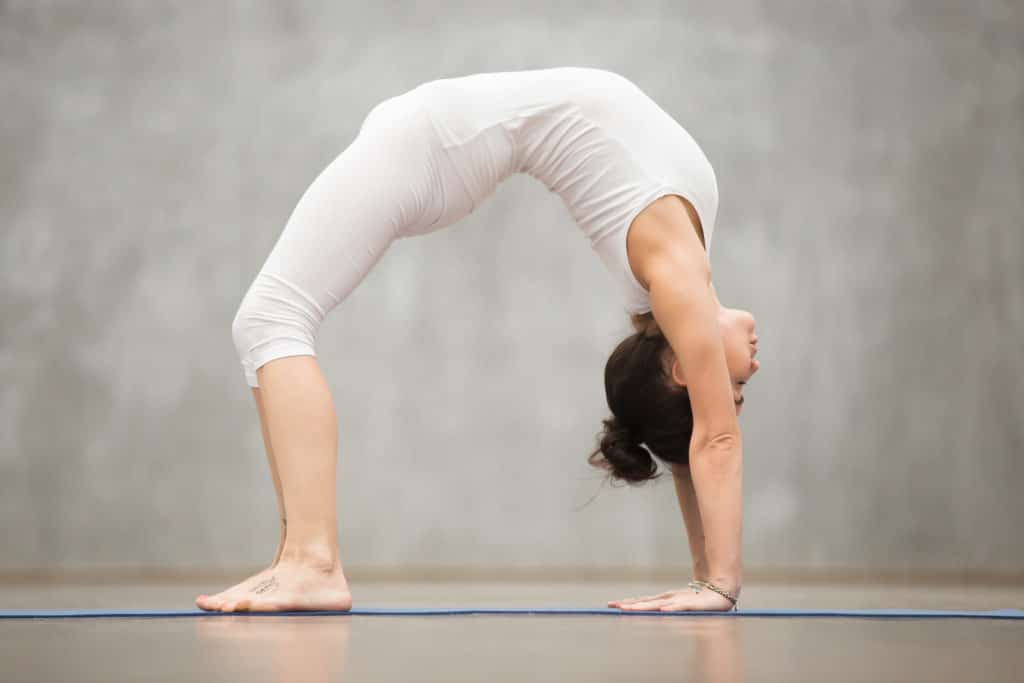Last updated: March 20, 2020

The basic premise of this concern is
Yin Yoga is dangerous for students who are hypermobile because the practice will make them even more mobile when what they need is more stability. If they are too mobile, they will harm their joints.
This concern has been raised many times by many people, from yoga teachers to physical therapists. It was such a common concern that I wrote a detailed response called Hypermobility and Yoga. Many of these points are repeated below.
We can generalize three causes of hypermobility:
1) Enhanced ranges of motion due to an injury to a joint
2) Enhanced ranges of motion due to a connective disease or disorder
3) Enhanced ranges of motion due to skeletal variations
1) Students who are hypermobile due to an injury to a joint should be careful of over-stressing that joint. It needs time to heal. This does not necessary mean that the joint should be immobilized, as that often leads to undesirable side effects, but care should be taken not to go to the joint’s end range of motion because that end range is only possible right now due to damage to the restraining connective tissues. A yoga practice should work well within the tolerable ranges of motion and should lead to strengthening the joint, not lengthening it.
2) Students who are hypermobile due to a connective tissue differences, for example someone with Marfan syndrome or Ehlers-Danlos syndrome, have a genetic difference in the way their collagen is structured. It is very loose and can allow too much movement in a joint. (It can also affect the health of blood vessels and organs.) These students should be very careful doing yoga in general, and that includes Yin Yoga. They do not need to work on increasing their range of motion but rather on building strength and stability in the joints. They can certainly try yoga, or even Yin Yoga, but only with great attention and with the intention of building strength in their tissues, not flexibility. They need to pay attention to how the practice affects them and how it feels—while they are in the postures, when they come out of the postures and over the next day or two. Through trial and error, through intention and attention, they will develop their own sensitivity to what works for them and what doesn’t. If they were to try Yin Yoga (perhaps to obtain the meditative, psycho-emotional or energetic benefits), shorter holds of 1 to 2 minutes to start would be recommended, and they should try to go only halfway to their edge, not to their end range of movement.
Students with connective tissue disorders do not always announce themselves to yoga teachers, nor do they always appear hypermobile, but if you do have a connective tissue difference, it is advisable to let your teacher know that you will be modifying the postures to suit your unique situation. As a teacher, please help to train the student to listen to their body, start easy and go slow.
3) The majority of people who are hypermobile are more flexible than the norm not because of an injury or condition, but due to the shape of their bones. What looks like a dangerous range of motion is actually quite normal and healthy, for them. They do not have to be brought back from their natural range of motion, although, like for every student, they should be guided to recognize when an end range has been reached and taught to not try to go past that point.
Many people are considered hypermobile. Estimates vary from less than 1% of the population to as much as 25%.[1] But, as we have just seen, the cause of the hypermobility has to be taken into consideration when evaluating physical exercises or yoga. One very mobile yoga student was told by her teacher, “You are too flexible for a Yin Yoga practice!” When asked why, she was told, “Putting any kind of stress on the ligaments is unhealthy and unsafe.” She was, however, encouraged to continue her Ashtanga and Iyengar practices, which require far more ranges of motion that Yin Yoga does. Should she do Yin Yoga? Her intuition gave her a very different answer—she loved doing Yin Yoga along with her more active practices— but she had a dilemma. Who to believe? If the teacher had instead said, “Let’s see if we can determine why you are hypermobile and then decide on the best practice for you,” together the teacher and student would have been able to develop a practice specifically suited to this student’s unique requirements.
Despite the fear of stretching fostered by many teachers and therapists, most hypermobile people love to stretch and need to stretch![2] Curiously, stiffness is a common complaint of many hypermobile people. As they age or suffer injury, they lose the range of motion they once had, and although they may still look very flexible, they are not at their normal level. They crave stretching.
It is worthwhile to differentiate between stretching for health (which is okay for people in the third category) and stretching to increase an already unstable, hypermobile range of motion (which would not be good for those in category 1 or 2). Authors of a book promoting therapies for hypermobility wrote that we must note the difference between, “stretching performed in order to regain and maintain muscle length, relieve muscle tension, or restore and maintain joint range, and stretching to increase an already hypermobile range of motion. It is good to stretch, but care is required. [Emphasis added.] Educating an individual about how they can stretch safely without overstretching into their hypermobile or more vulnerable areas will help develop better body awareness, a skill which can be used in the future to ensure safe exercising.”[3]
Based on these researchers’ experience, yoga is not contraindicated and indeed can be a healthy adjunct to the exercises hypermobile people perform, with the caveat that sustained end of range movements are not recommended. Fortunately, in Yin Yoga, the postures are not extreme. There are no “put your foot behind your head” postures, or “drop backward and grab your ankles” movements. The postures are generally mild, but held for a long time. They are long, not deep, and a properly trained Yin Yoga teacher would be cautioning her students to stay where the sensations are reasonable, not maximal.
The fear of going too far is real for hypermobile people, and the danger can be real too. However, Yin Yoga can be a safe practice, one that does not challenge end ranges of motion, but one that does provide the stress hypermobile people crave and need. Yin Yoga does target the connective tissues, which is where pathology may lie for people with genetic connective tissue disorders. However, for students who are hypermobile, not because of any condition or disease but because of the unique shape of their bones, there is no pathology preventing them from going to their natural, full range of motion. It is safe to go there.
Before starting any exercise practice, yoga or otherwise, it is wise to check with your health care provider to make sure this is a good idea. Do your research. If you are hypermobile and choose to do Yin Yoga, practice with attention and intention. Start easy—short holds at first of 1 to 2 minutes, only going halfway to your end range of motion. Notice how you feel during and after the practice, work toward longer holds, but remember the intention is not enhanced range of motion; the intention is regain and maintain optimal health.
Return to Topics
[1] See D.L. Scher, B.D. Owens, R.X. Sturdivant and J.M. Wolf, ”Incidence of joint hypermobility syndrome in a military population: impact of gender and race,” Clinical Orthopaedics and Related Research 468.7 (July 2010): 1790–5. doi: 10.1007/s11999-009-1182-2.
[2] “An unpublished audit at Guy’s Hospital in 1986 reported by Harding (2003) revealed that patients with joint hypermobility found stretching helpful. This came as a surprise to the audit’s authors, but has been borne out repeatedly in clinical experience. Stiffness is a common complaint, with many hypermobiles saying they ‘feel like a 90-year-old’.” From Rosemary Keer and Katherine Butler, “Physiotherapy and occupational therapy in the hypermobile adult,” Hypermobility, Fibromyalgia and Chronic Pain. (2010). doi: 10.1016/B978-0-7020-3005-5.00013-6.
[3] Ibid.
